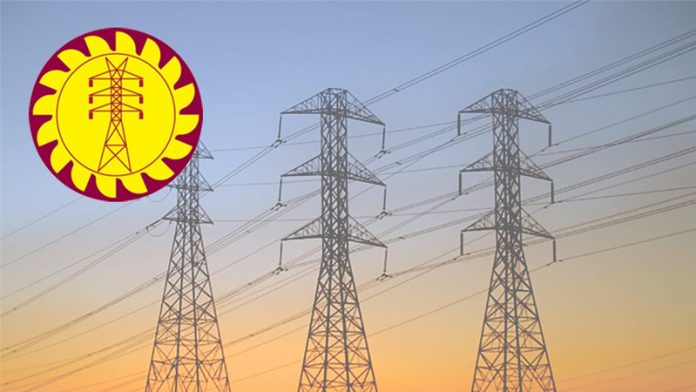The Ceylon Electricity Board (CEB) has attributed the recent islandwide power outage to high penetration of non-synchronous solar photovoltaic (PV) energy, which reduced grid inertia and increased vulnerability to faults. The blackout occurred on 9 February at 11:13 AM following a disturbance at the 33kV Panadura Grid Substation, triggering a cascading failure across the network.
CEB spokesperson Eng. M.H. Dhammike Wimalaratne explained that at the time of the outage, over 50% of the national electricity demand was met by 800 MW of solar PV generation, combined with power from the Norochcholai coal plant (470 MW) and hydropower plants (130 MW). The low inertia in the system made it highly susceptible to voltage fluctuations, causing multiple solar PV disconnections and a complete grid collapse.
Additionally, the outage was exacerbated by the “Sunny Sunday” effect—when low weekend electricity demand, coupled with high solar generation, creates grid instability. The automatic shutdown of the Norochcholai Power Plant was a protective measure to prevent major damage, the CEB clarified.
In response, the CEB has introduced immediate corrective measures, including operating gas turbines in synchronous condenser mode to enhance stability and curtailing ground-mounted solar PV generation during low-demand periods when necessary. Medium-term solutions include adjusting rooftop solar PV inverter settings and introducing industrial tariff incentives for weekend operations.
For long-term grid stability, the CEB plans to deploy grid-forming inverters with Battery Energy Storage Systems (BESS), install emergency backup generators at Norochcholai, and accelerate the Maha Oya Pumped Hydro Project. The board is also advancing smart grid investments to better integrate renewable energy.
Acknowledging the public inconvenience, the CEB reaffirmed its commitment to ensuring a resilient and reliable power supply as Sri Lanka moves towards a renewable energy-driven system.






